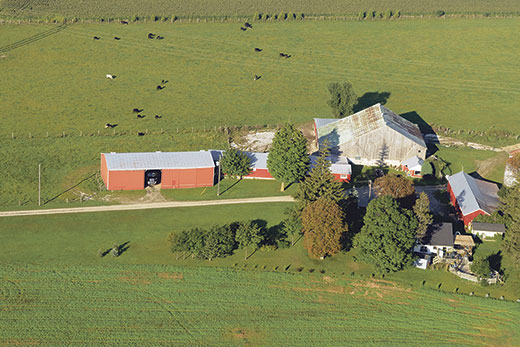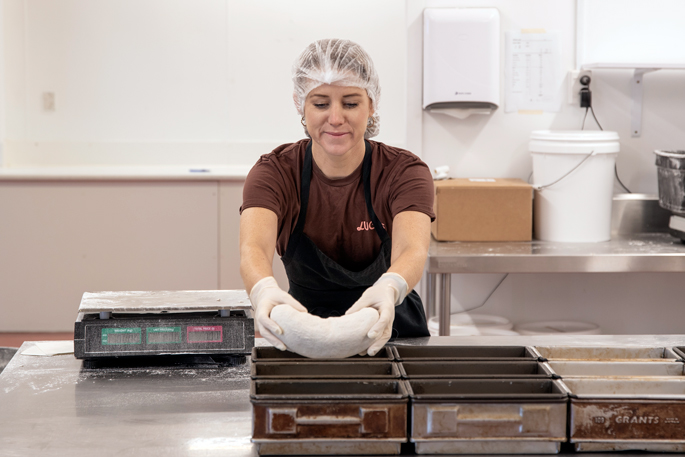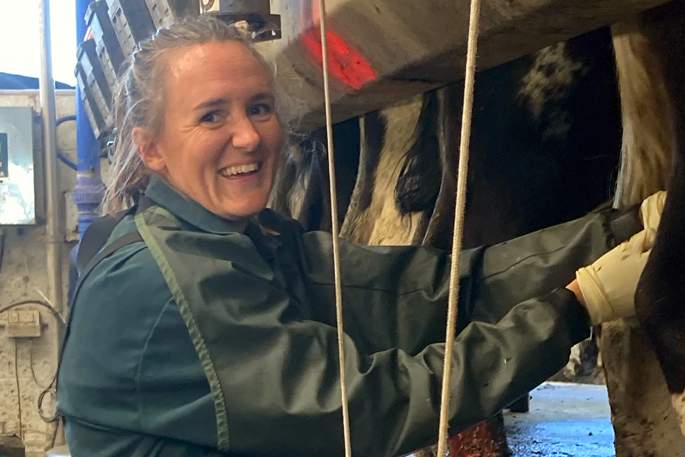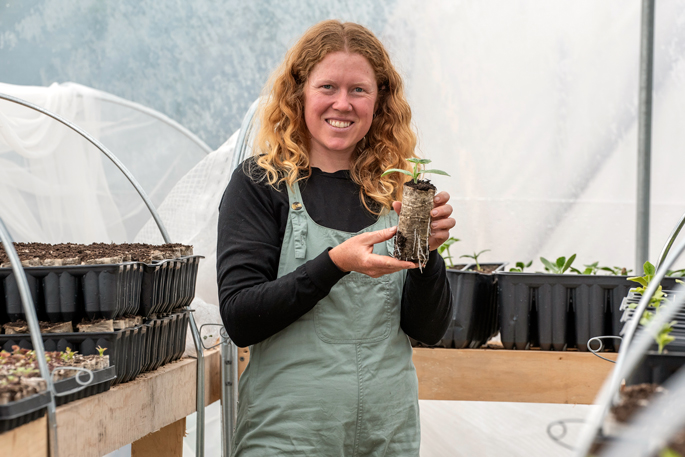Nothing seemed to be definite about what these would consist of, apart from having to be ‘signed off’ by a certified consultant. At a recent dinner held by Beef + Lamb New Zealand in Hamilton, some were talking about the many thousands this would be costing. But these fears were somewhat put to rest by an announcement that individual farmers would be able to do much of the work themselves, and would only need to have it checked and ticked off by someone who would need to be paid. The basis of the plans seemed to be the three-level Land and Environment Plan system, and farmers are encouraged to attend the Level 1 workshops currently being held nationwide to find out how to use the planning materials. I was invited to attend one of these on Charlie Lea’s sheep and beef farm at Karapiro, and found it a fascinating experience. A group of 15 or so of us spent the morning going through the paperwork, which is well designed and full of useful hints on what to think about. They also have a page for each topic to fill in your own ideas on what might need looking at, and possibly fixing at some point, related problems on your own farm. The basis of the system is if you’ve written it down, and filled in the likely costs and some progress and completion dates, whatever needs doing will probably get done. Farm map The first part of the booklet deals with creating a detailed map of the farm, complete with all its natural and added features, plus areas where problems such as erosion, fencing streams, gorse control, bush and scrub areas, wetlands and forestry blocks all get clearly filled in. It even advises where aerial photographs can be acquired from. Having worked out what is actually there, we then considered a process of risk assessment on what problems would need tackling first, and what could wait a bit without a disaster. This led to a discussion on what different risks would look like, and some thinking about what reparation system would work best for each including costs and dates for each step. We then worked our way through some defined topics, including water quality affected by different pollutants – phosphorus, nitrogen and faecal bacteria, plus a section on erosion and sediment, and another on biodiversity. Native bush Each of these had a series of ‘yes/no’ questions, which we related to our farms and wrote down some ideas arising out of the questions. There are also included a whole list of ‘other issues’ which include potential flooding, wetlands, offal pits and farm dumps, sheep dip sites, and protecting any good bits of native bush which might be still around. Later we drove around parts of the farm and admired the wonderful new eight-wire fencing and native plantings round all the watery places, and Charlie talked about what having these fences had done for his farming practice. With lambing and calving going on, there was a lot of talk about drownings in swamps, and Charlie was keen to tell us those were a thing of the past. And the extra fences had also allowed him to use some paddocks differently and more effectively through these periods. In such rolling country the changes in pasture usage had not only meant more managed feed growth, but more time to do other things too, including off farm. Generous grants At present there are quite generous grants available – regional council, river authority etc –to help pay for fencing and planting, and Charlie had made full use of these to do as much as he could while the funds were still available. From my brief experience I would heartily recommend sheep and beef farmers get cracking, both on applying for grants and getting themselves to these workshops. Once regional councils, particularly Waikato, approve the regional plan changes which are being recommended, farmers will be working to deadlines. These may sound a long way off now, but for the first category requirements 2019 will come racing up, and some of the projects may well take until 2023 or so to get done. It will require a lot of thinking, pricing, planning and action. But if sheep and beef farmers want their plans signed off without a lot of reworking, they need to put their minds to it soon.
Thursday, April 18, 2024
Posted: 8:00am Tuesday 30 Aug, 2016 | By Sue Edmonds elaine@thesun.co.nz
Those not so scary farm plans







0 Comments
Leave a Comment